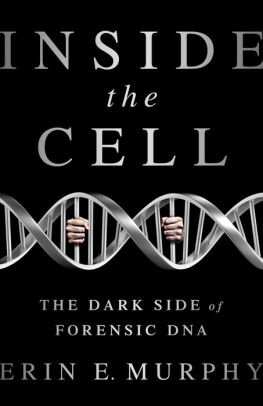After the Constitution of the United States was drafted, it became clear to many of the “founders” that additional rights and restrictions should be explicitly provided to and placed upon the government. The Bill of Rights was drafted in 1789 and finally ratified on December 15, 1791. In honor of the 230th anniversary of the Bill of Rights, we will be spending the following 10(ish) weeks talking about each of the first 10 amendments. This week: Amendment 1:
Congress shall make no law respecting an establishment of religion, or prohibiting the free exercise thereof; or abridging the freedom of speech, or of the press; or the right of the people peaceably to assemble, and to petition the Government for a redress of grievances."
The First Amendment to the United States Constitution establishes the right to free speech, a free press, peaceable assembly and the right to petition the Government. The First Amendment protects people in the United States from the government passing laws restricting their rights to exercise their own religion freely, from speaking freely, from assembling (peacefully) and freely. The Supreme Court has regularly found, despite this language, that reasonable time and place restrictions can be placed on speech. The most common example: laws can prohibit a person from shouting “fire!” in a crowded movie theater. Another example: the local government can require permits for protests or other public gatherings.
The rights contained in the Bill of Rights are foundational. They are the seeds from which so much of our law has sprouted. But they are also subject to interpretation. And restriction. And the plain language is fairly often not the end-all-be-all of what they mean.
Further Reading:
Carson v. Makin, in which the Court addressed the question: “Does a state law prohibiting students participating in an otherwise generally available student-aid program from choosing to use their aid to attend schools that provide religious, or “sectarian,” instruction violate the Religion Clauses or Equal Protection Clause of the U.S. Constitution?” The Court has not ruled on this case at the time of this writing.
Snyder v. Phelps, in which the Court addressed the question: “Does the First Amendment protect protesters at a funeral from liability for intentionally inflicting emotional distress on the family of the deceased?” Answer: Yes.
Morse v. Frederick, in which the Court addressed the question: “Does the First Amendment allow public schools to prohibit students from displaying messages promoting the use of illegal drugs at school-supervised events? Answer: Yes. (Note: the student’s sign had the nonsensical phrase, “Bong Hits 4 Jesus” written on it.)
The blog linked to above is oyez.org and it contains a great searchable database of Supreme Court cases that is easy to read.
See you next week for the Second Amendment!











